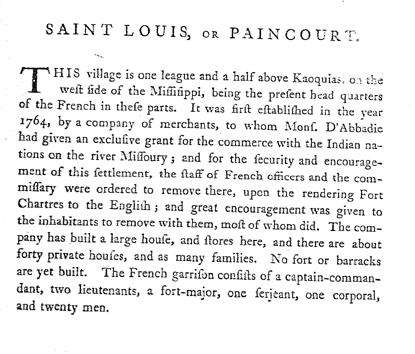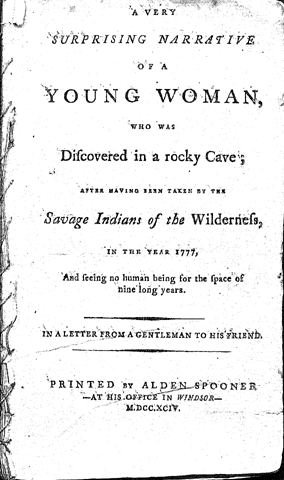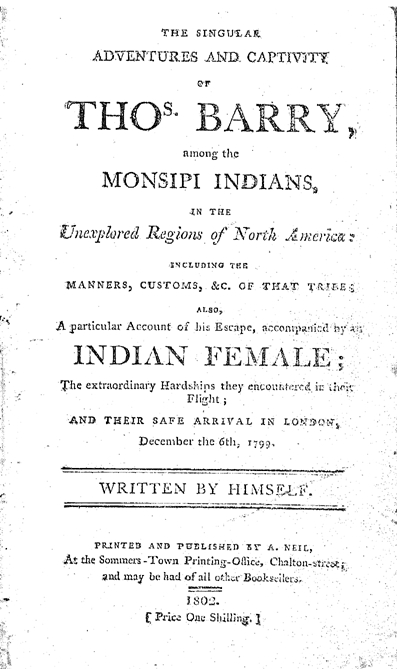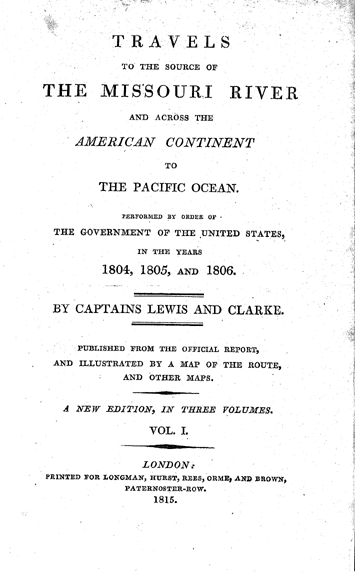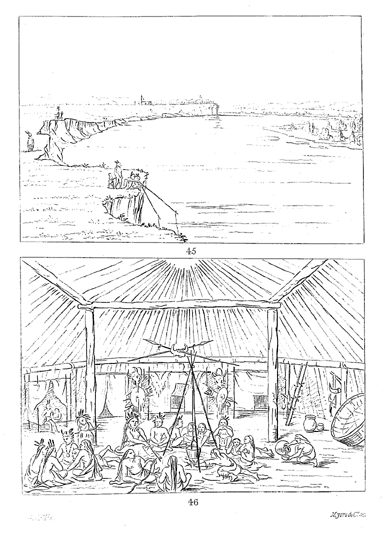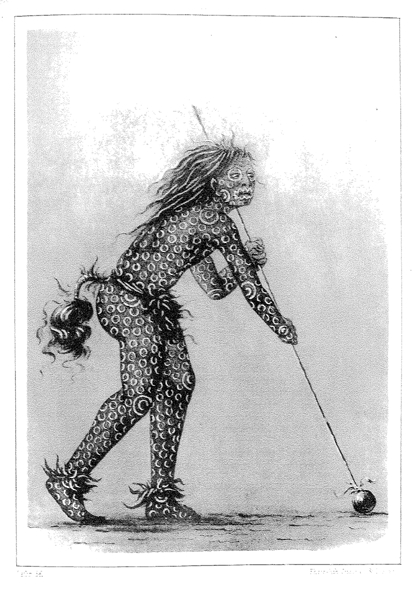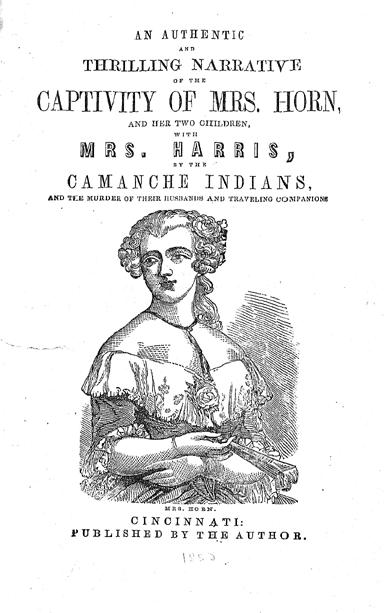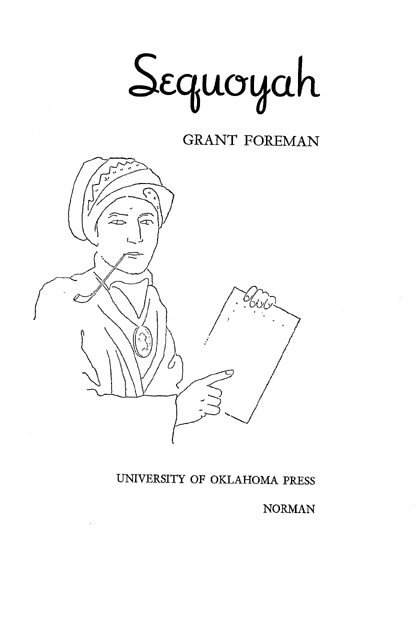North America Page II
As more people began settling in America and coming more in contact with Native Americans a new genre of fiction sprang up, the captivity narrative. These were accounts of people, often women and children, who were taken captive after violent confrontations between Native Americans and settlers. Later narratives became somewhat sensationalized and probably contained exaggerations as the readers' appetites for such descriptions increased.
George Catlin began his career in law but had always wanted to be a painter and when he decided to pursue this said he wanted "to become the historian and limner of the aborigines of the vast continent of North America." In the spring of 1830 he set off for St. Louis in order to pursue this. General William Clark, the famed explorer, offered aid and contacts to Catlin. He then spent several years documenting various tribes. His work is notable for its scope and ethnographic detail. This is a copy of the first edition of the two-volume set.
Catlin visited the Mandan in 1832. His month-long, in-depth ethnographic study of the Mandans and their O-kee-pa ceremony is particularly valuable as only a few years after his visit in 1838 the group was decimated by a smallpox epidemic. Only 40 members of the group survived the disease and they were either enslaved, murdered or assimilated into other groups. Catlin was permitted to witness and document the O-kee-pa ceremony which took place over several days and involved dancing and singing of the whole group and a more extreme ceremony of fasting, sleep deprivation and pain for the young men of the tribe. This part of the ceremony was not very well understood by observers of the time and seemed to involve a belief that life or the world needed sacrifices to continue. The sacrifice in this case was the ordeal the young men went through. Their flesh was pierced with splints and then the splints attached to cords, which were suspended from the roof of the lodge. They were to stay suspended as long as they could with weights attached to their feet until they fainted, "and chose to remain there until the Great Spirit gave them strength to get up and walk away." Some of the practices of this dance are similar to the Sun Dance, which was practiced by the Sioux and other groups in the West. Shown here is a dancer in the character of O-ke-hee-de, the owl or Evil Spirit.
Sequoyah was a Cherokee who lived in Tennessee in the early 1800's. In 1809 he began to create a system of writing for the Cherokee language. It was a syllabary, or written characters which are used to represent a syllable. He invented 86 characters that represented sounds, which made up words. This system was quickly adopted by the Cherokee people and became a valuable way to communicate between settlements that were separated by long distances.
